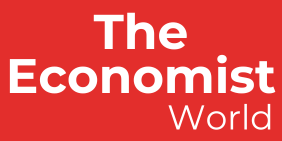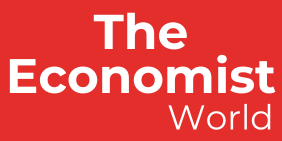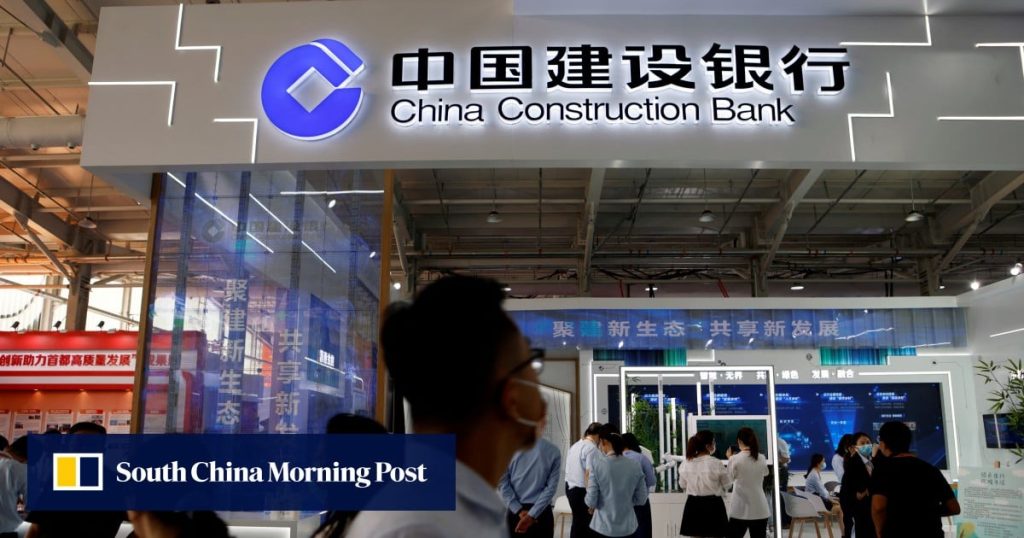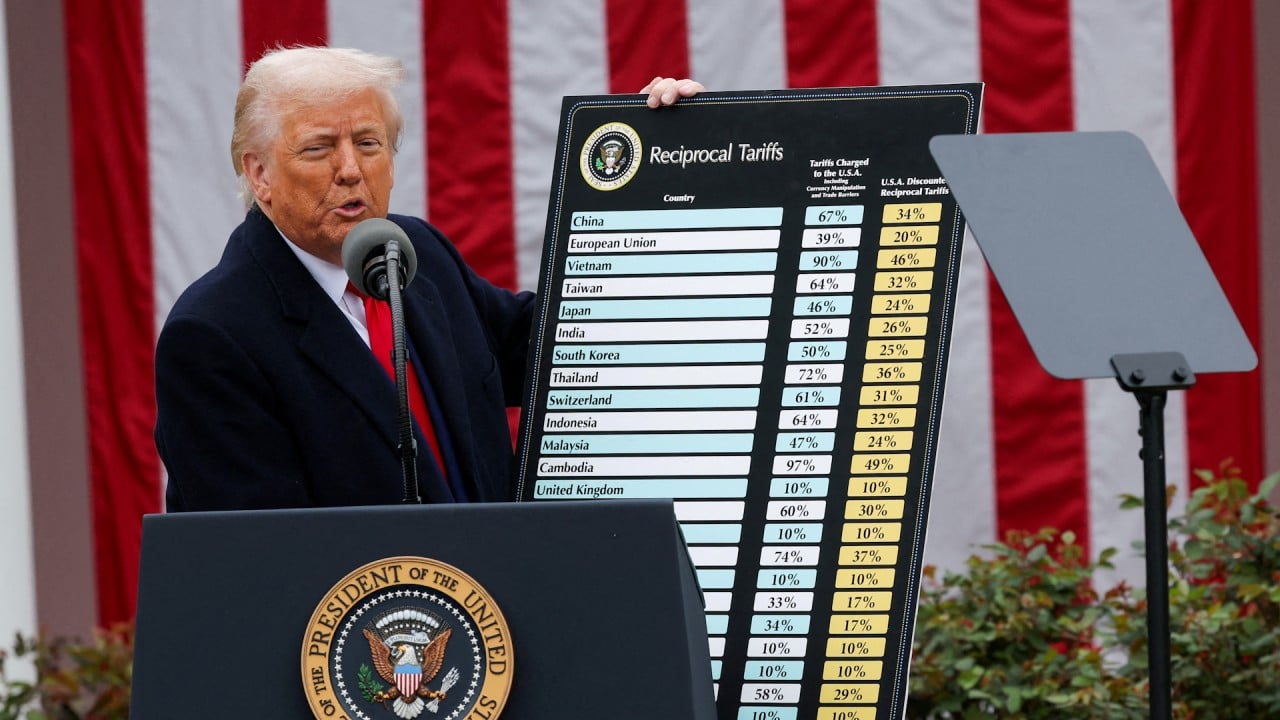Banks in China could face more bad loans, potentially hitting 6.4 per cent of total lending next year, according to a forecast by S&P Global Ratings, as higher US tariffs weigh on an economy that is still struggling to shake off the lingering impact of the Covid-19 pandemic.
The warning came in a report on Thursday, after President Donald Trump announced sweeping new tariffs on all US trade partners, including a 10 per cent levy on all imports and higher rates for about 60 countries with large trade surpluses against the US. China will face an additional 34 per cent rate, on top of the 20 per cent imposed earlier this year.
If the tariffs hit harder and China’s property sector does not hit its bottom, banks’ non-performing assets (NPA) ratio could approach the peak of 6.5 per cent seen during the Covid lockdown period in 2022, S&P said. As a result, credit losses could rise to 2.7 trillion yuan (US$370.4 billion) next year and exceed 3 trillion yuan by 2027, it added.
“It never rains but it pours,” the report said, referring to the multiple challenges faced by the world’s second-largest economy in recent years, including the pandemic and the property market crisis. “And it now faces additional strains from more US tariffs on its exports.”
Higher-than-expected tariffs could hit export-related sectors and employment, stoking loan delinquencies among small and medium-sized enterprises (SMEs) and unsecured retail lending at a time when domestic economic conditions were still uncertain, the rating firm said.



